http://www.cheatsheet.com/automobiles
But for every iconic car, there is almost always a ghoulish counterpoint, an infamous failure that has gone down in history to match each success. For every Mustang, there is the Pinto. For each Corvette, there is the Cobalt. These unsafe models not only pose a risk to their owners, they also have the potential to take entire companies down.
After Consumer Reports demanded Suzuki immediately recall its Samurai SUV, the company’s sales nosedived. The company famously ended up suing the magazine over its misfortunes, but with nonexistent sales and a tattered reputation, Suzuki left the American market in 2012.
Curiously, some cars are incredibly unsafe and became iconic anyway. The element of danger seems to add to their reputation and keeps them immune from the infamy heaped on lesser cars. From the iconic to the infamous, here are 10 cars from throughout history that define the term “death trap.”
1. Ford Model T
The Model T Ford is an automotive icon. During its pioneering 19-year production run, Ford sold more than 15 million of the cars and transformed America into the world’s first automotive powerhouse. Also, the Model T was a complete death trap. When it was introduced in 1908, notable safety features included things like headlights, a horn, and a windshield. After that, you were pretty much on your own. The fact that Henry Ford famously refused to add front brakes to keep costs down didn’t help either.2. Chevrolet Corvair
Consumer advocate Ralph Nader built his career on demonizing the Chevrolet Corvair in his 1965 book Unsafe at Any Speed. While the Corvair wasn’t a particularly safe car, the book highlighted many of the safety issues that virtually every car of the era had. In the early ’60s, features like the collapsable steering column, three-point seat belts, padded dashboards, and two-circuit brake systems (to prevent brake failure) had yet to be standardized, causing most cars to be shockingly dangerous by today’s standards.Still, Nader asserted that the Corvair stood out because its swing-axle suspension and rear-engined layout contributed to dangerous oversteer. By 1965, Chevy had the kinks worked out, but the Corvair’s sales would never really recover. The car was discontinued midway though the 1969 model year.
3. Porsche 911
After 51 legendary years in production, the Porsche 911 is generally considered to be one of the greatest sports cars in the world. But to paraphrase the old cliché, Porsche took a bad idea and refined it to brilliance. Not only is the 911’s engine in the back of the car, it’s so far behind the rear axle that even the slightest miscalculation could cause dangerous oversteer, sending you hurtling backwards into oncoming traffic.Porsche engineers first tried to solve the car’s weight imbalance by putting iron weights in the front bumpers of early cars. By the early ’70s, the 911’s iconic “whale tail” spoiler and front air dam did wonders to keep the car planted to the ground at speed. Today, a fantastic all-wheel drive system and traction control have ironed out most of the modern 911’s homicidal urges, but while the older cars are achingly gorgeous, they’re undeniably dangerous, too.
4. Ford Pinto
By the 1970s, the Detroit automakers were concerned with two things: competing with imported cars and keeping costs down. The Pinto was the worst of both worlds. True, its inline-four engine saw service until 2001, and its frame was a favorite of kit car builders for decades, but Ford’s refusal to install a $1 part to prevent the gas tank from rupturing during a rear-end collision is what this car is remembered for.After an exposé in Mother Jones in 1977, it was revealed that Ford knew about the defect for years and opted to pay out individual lawsuits rather than shell out the extra dollar per car to fix the issue. By 1978, the public outcry was so strong that Ford reluctantly recalled 1.5 million Pintos (and the identical Mercury Bobcat), but as many as 900 people died as a result of the car’s faulty fuel system.
5. DeLorean DMC-12
The DeLorean DMC-12 may have earned its place as one of the most iconic cars of the ’80s, but it was also wildly unsafe. When John DeLorean left General Motors in the early ’70s to build a “safety sports car,” we hope the DMC-12 isn’t what he had in mind. Stainless steel body panels mounted to a fiberglass frame didn’t do the car many favors in crash tests — after a 50-mile-per-hour impact, the car looked like a crushed can.The car’s famous gull-wing doors didn’t help, either. If the car rolled over, occupants had no way of escape. Out of approximately 9,200 cars built, it’s estimated that about 6,500 cars survive — for safety’s sake, we hope the car’s awful build quality did the others in, not collisions.
6. Pontiac Fiero
The ambitious two-seat, mid-engined Pontiac Fiero was designed to be a sporty commuter car that would return Pontiac back to its ’60s glory days as GM’s “youth brand.” Launched in 1984, the Fiero was an initial success, but a design flaw and some seriously incompetent engineering led to a wave of engine fires that affected first year cars. Luckily, the fires caused no deaths, and the issue had been fixed for the 1985 model year, but by 1987, 260 Fieros had gone up in flames. The Fiero’s reputation took a beating in the press, and the model was discontinued after 1988.7. Yugo GV
By the time it reached American shores in 1985, the Yugo was a poorly built Serbian version of a 15-year-old Italian econobox, and an instant punch line. The GV (for “great value”) was billed as America’s cheapest new car, and its atrocious build quality and unreliability made it easy to figure out why.A Yugo made national headlines in 1989 when its lightweight, terrible handling and boxy design mixed with winter weather and blew off Michigan’s Mackinac Bridge, plunging 31-year-old Leslie Ann Pluhar into Lake Michigan’s icy waters 172 feet below. The bridge scandal only added to the Yugo’s reputation as a death trap, and a host of costly federal emissions recalls, as well as the escalating Bosnian conflict, forced Yugo out of the American market after 1992.
8. Ford Bronco II
During its seven-model-year run, the Bronco II was a success for Ford. Following the same concept of the Mustang II a decade before, the Bronco II was a downsized return to the original 1966-1975 Bronco’s compact dimensions in an attractive, modernized package.Based on the Ford Ranger pickup, the rugged little truck was instrumental in kicking off the SUV craze along with the Chevy S-10 Blazer and Jeep Cherokee. But its tall ride height, short wheelbase, and narrow width made it dangerously susceptible to rollovers. During an official investigation in 1990, it was found that roughly 70 people a year died when their Broncos rolled over, giving it the highest rollover fatality rate of any vehicle tested. Shortly after the report was released, it was replaced by the longer wheelbase Ford Explorer.
9. Chevrolet Cobalt
Like the Pinto, the Chevy Cobalt was an entry-level compact that was a strong seller for the better part of a decade. Also like the Pinto, it’s at the center of one of the worst automotive scandals in history. The unassuming Cobalt is the root of General Motor’s ignition recalls, where a defect in its ignition switch can cause the cars to suddenly turn off at speed, deactivating safety systems — an issue that GM knew about and tried to cover up.To date, there have been 90 deaths acknowledged by GM, along with 163 other serious injury claims. If not for its disastrous safety defects, the Cobalt should have been a forgettable car. Unfortunately, it will cast a pall over GM for years to come.
10. Ferrari 458 Italia
One of the longest-running stereotypes in the automotive world is that Italian supercars always catch on fire. While that may be an exaggeration that has dogged the builders of dream cars for decades, the Ferrari 458 Italia did actually have a penchant for spontaneously catching on fire more than just about any other car in the world at the time.In 2012, Ferrari recalled 1,248 cars because an adhesive used to hold the car’s inner fenders in place turned out to be highly flammable and placed way too close to the exhaust. The fix was simple (the inner fenders were riveted on), but the damage was done. Three years after the recall, the jokes about flaming Ferraris have only gotten worse.
While the Ferrari fires are made light of because there were no deaths or major injuries caused by them, it was still a serious issue. From subcompacts to supercars, automakers have a long history of compromising safety for profit, and when they do, they put millions of lives at risk. These cars deserve to be remembered as the death traps they were because they remind us of the mistakes of the past. Let’s hope automakers remember them too, and make sure history doesn’t repeat itself.
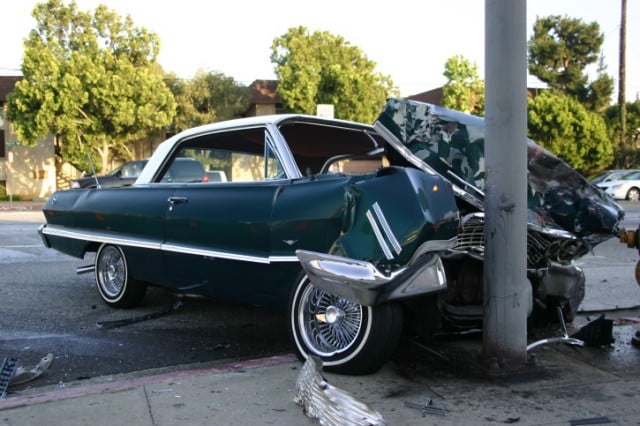
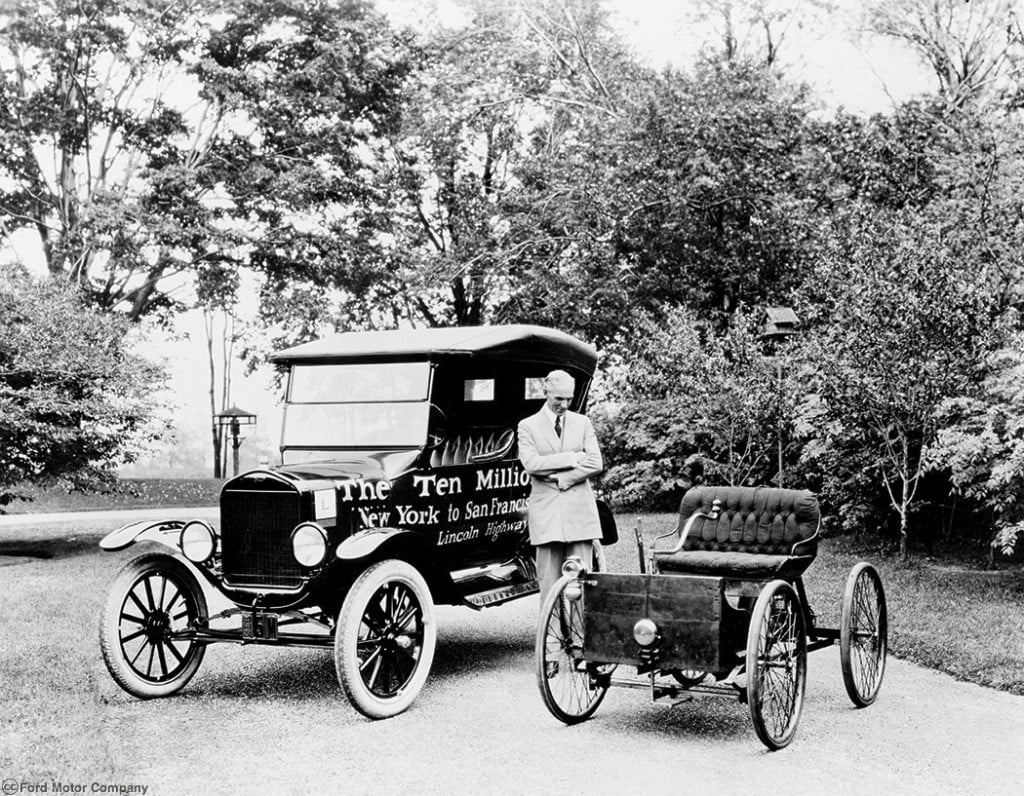
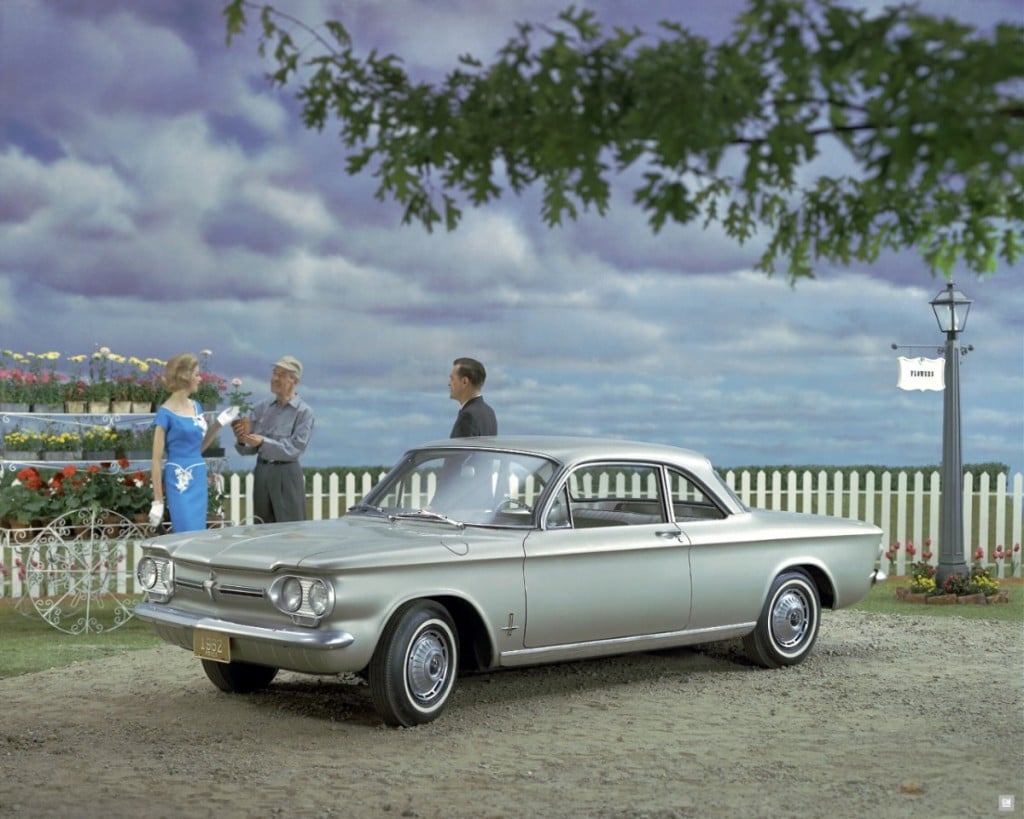
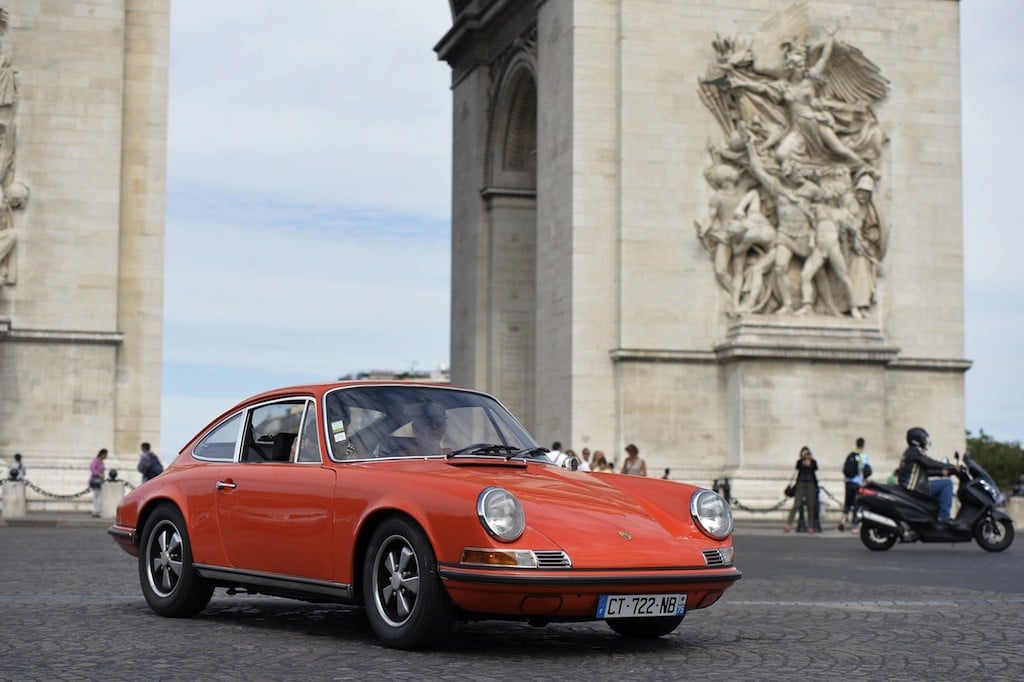
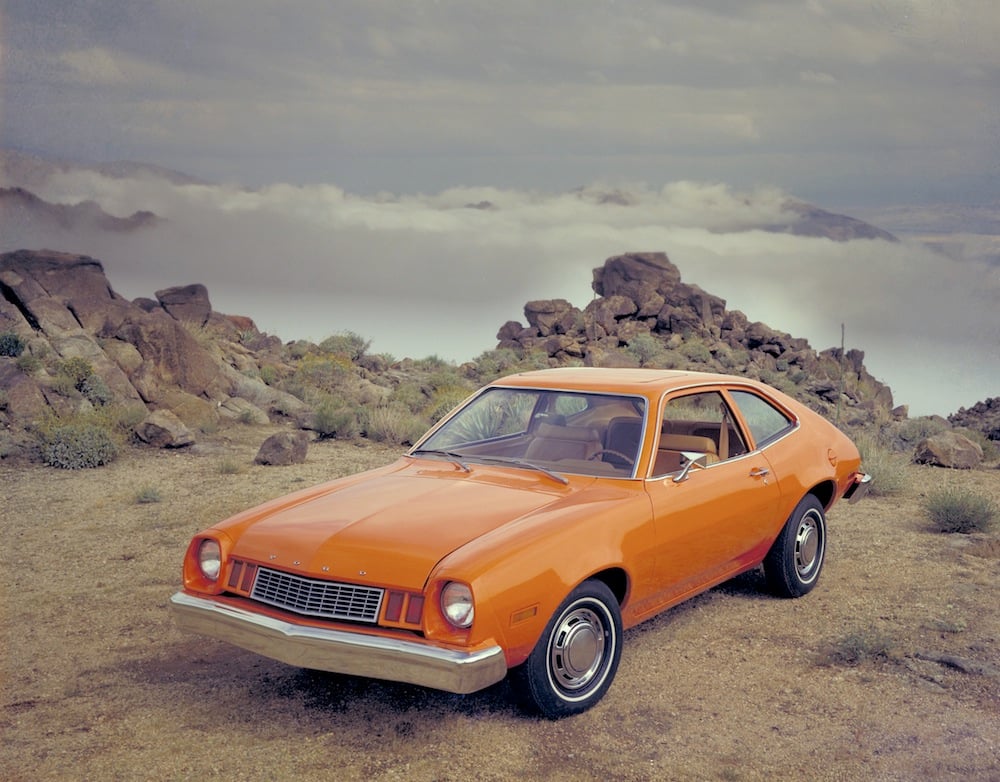
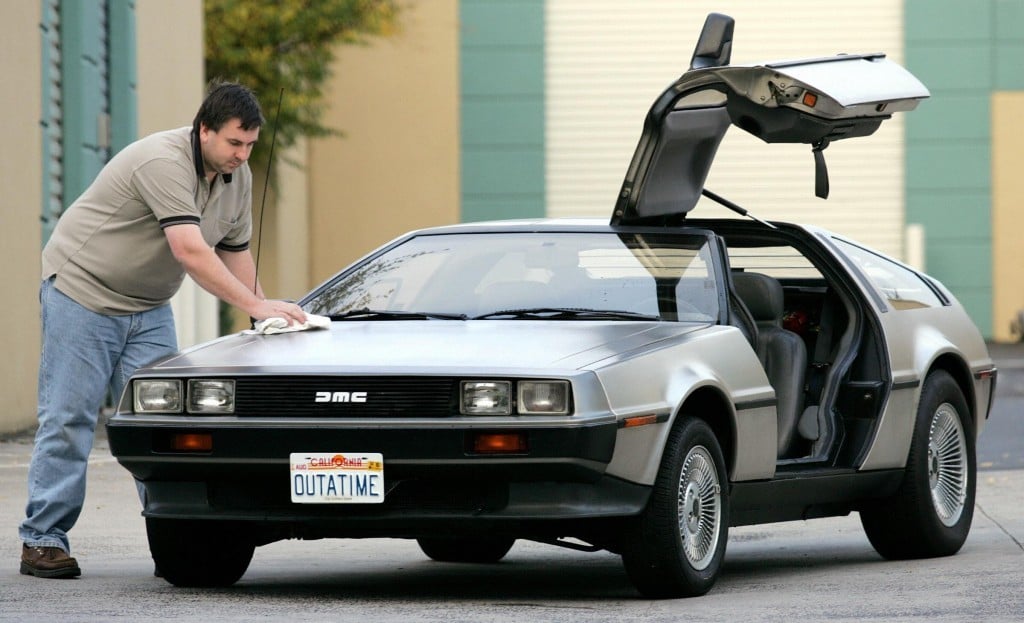
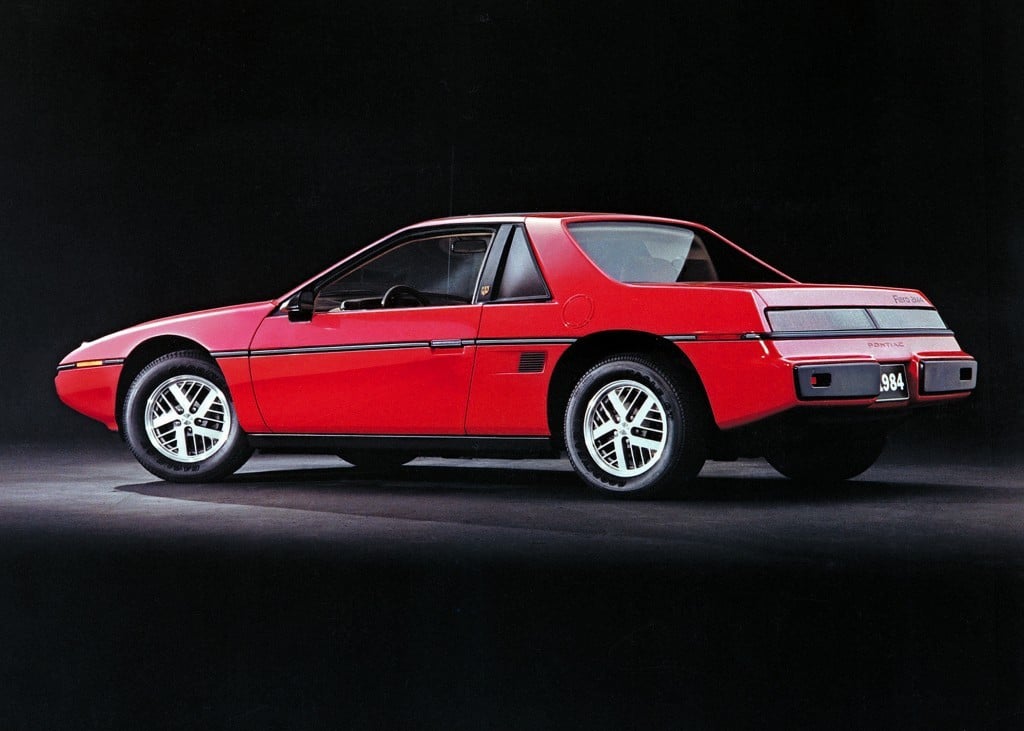

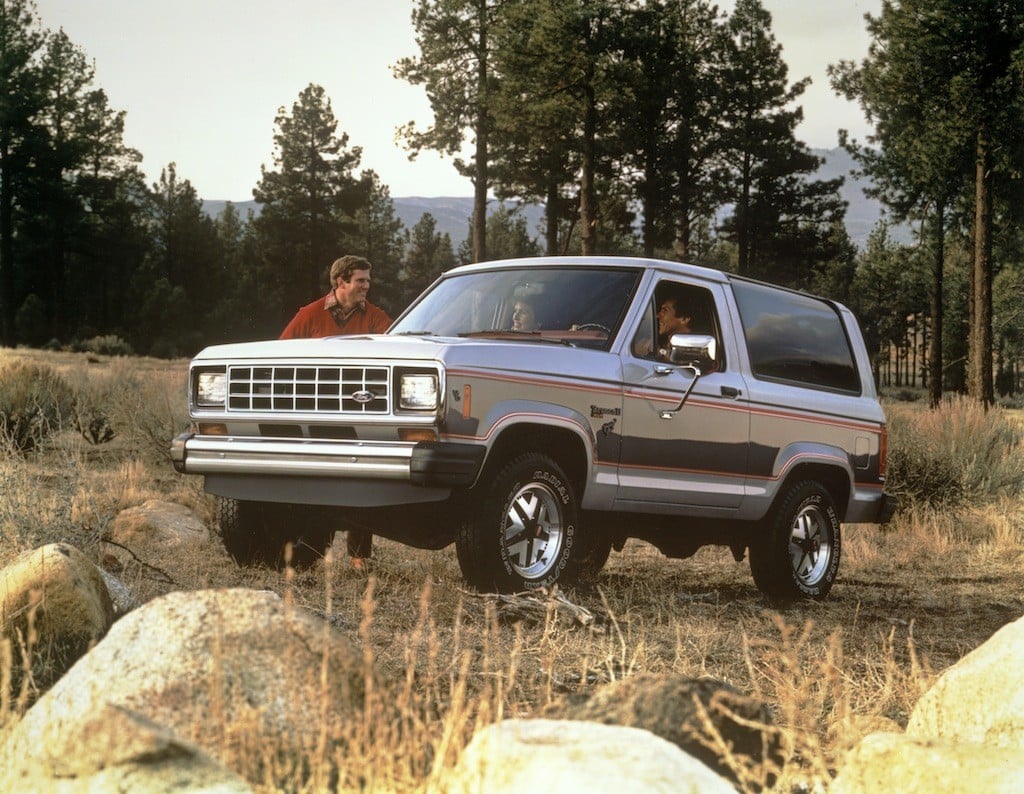

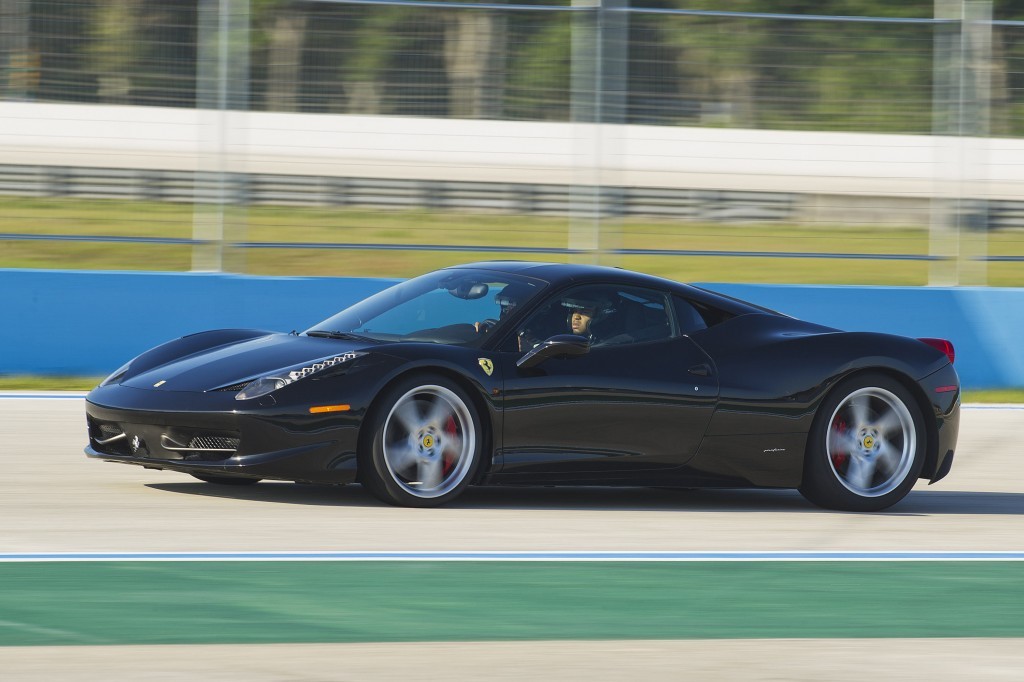
No comments:
Post a Comment